Nikon D300
-
-
Written by Gordon Laing
Nikon D300 sensitivity / indoor low light samples
Nikon D300 High ISO NR: Normal (default) |
Nikon D300 High ISO NR: Normal (default) |
Nikon D300 High ISO NR: Normal (default) | ||
 |
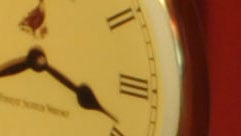 |
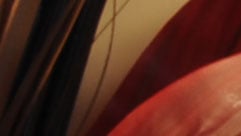 | ||
L1.0 (100 ISO) |
L1.0 (100 ISO) |
L1.0 (100 ISO) | ||
 |
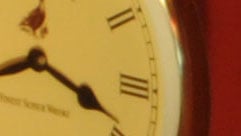 |
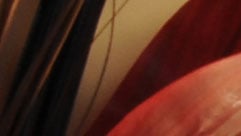 | ||
200 ISO |
200 ISO |
200 ISO | ||
 |
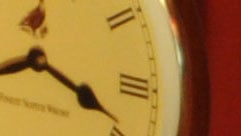 |
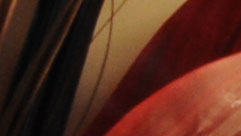 | ||
400 ISO |
400 ISO |
400 ISO | ||
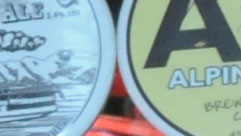 |
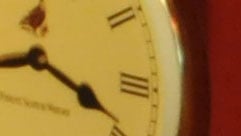 |
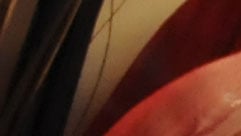 | ||
800 ISO |
800 ISO |
800 ISO | ||
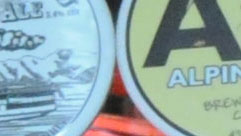 |
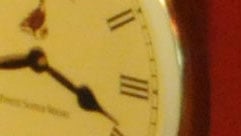 |
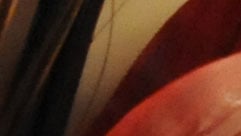 | ||
1600 ISO |
1600 ISO |
1600 ISO | ||
 |
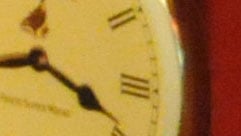 |
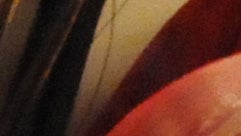 | ||
3200 ISO |
3200 ISO |
H (3200 ISO) | ||
 |
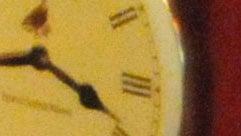 |
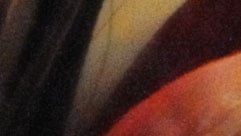 | ||
H1.0 (6400 ISO) |
H1.0 (6400 ISO) |
H1.0 (6400 ISO) |
Nikon D300 results
Outdoor resolution / Studio resolution / Real life Noise / Low light noise
| |||||
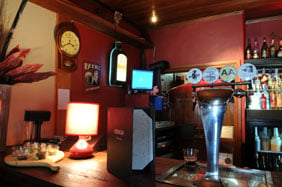 | To compare noise levels under low light indoor conditions we shot this scene with the Nikon D300 and DX 17-55mm f2.8 lens using each of its ISO settings at f11 in Aperture Priority mode. The camera was mounted on a tripod for this test. The image left was taken with the Nikon D300 and DX 17-55mm f2.8 lens at 17mm f11 and with a sensitivity of 100 ISO; the original JPEG measured 4.98MB. The D300’s High ISO NR was set to its default Normal. See our Nikon D300 outdoor noise results for comparisons of the different NR settings. |
We have taken three crops from the original images for reproduction below. The crops are taken from areas right of centre, in the upper left corner and left of centre, and presented here at 100%.
At 100 and 200 ISO, the Nikon D300 delivers silky smooth images as you’d expect. At 400 ISO, the results still look very good, but dedicated pixel peepers will notice the faintest evidence of noise in subtle graduations from light to dark – certainly nothing to worry about though.
At 800 ISO there’s an increase in texture from noise in flat areas and again graduations, along with a general softening of the image, although this isn’t obvious in our sample here – indeed in some images it can still be quite discreet. At 1600 ISO there’s more evidence of noise texture in flat areas and greater softening of fine details.
Increase the sensitivity to 3200 ISO and there’s a noticeable drop in image quality with noise artefacts becoming more obvious and the edges of objects less crisp. Unsurprisingly this is worst at the highest sensitivity of 6400 ISO, where you’ll see the biggest drop in quality with relatively high noise levels and softening of details. Certain subjects though can be quite forgiving in terms of noise levels. The examples below appear quite acceptable at higher sensitivities, although the subject matter in our Nikon D300 outdoor noise results page was less forgiving. For more examples across its sensitivity range, see our Nikon D300 Sample Images page.





